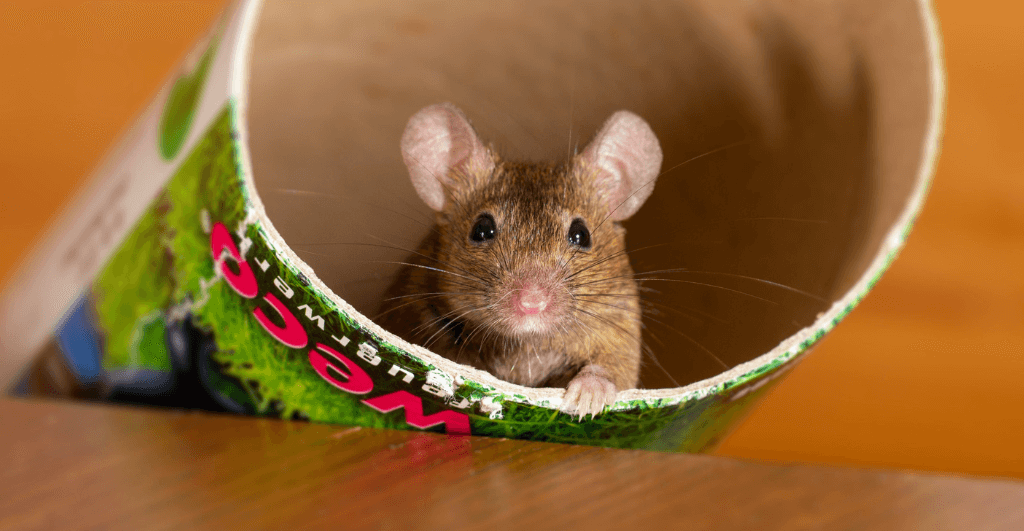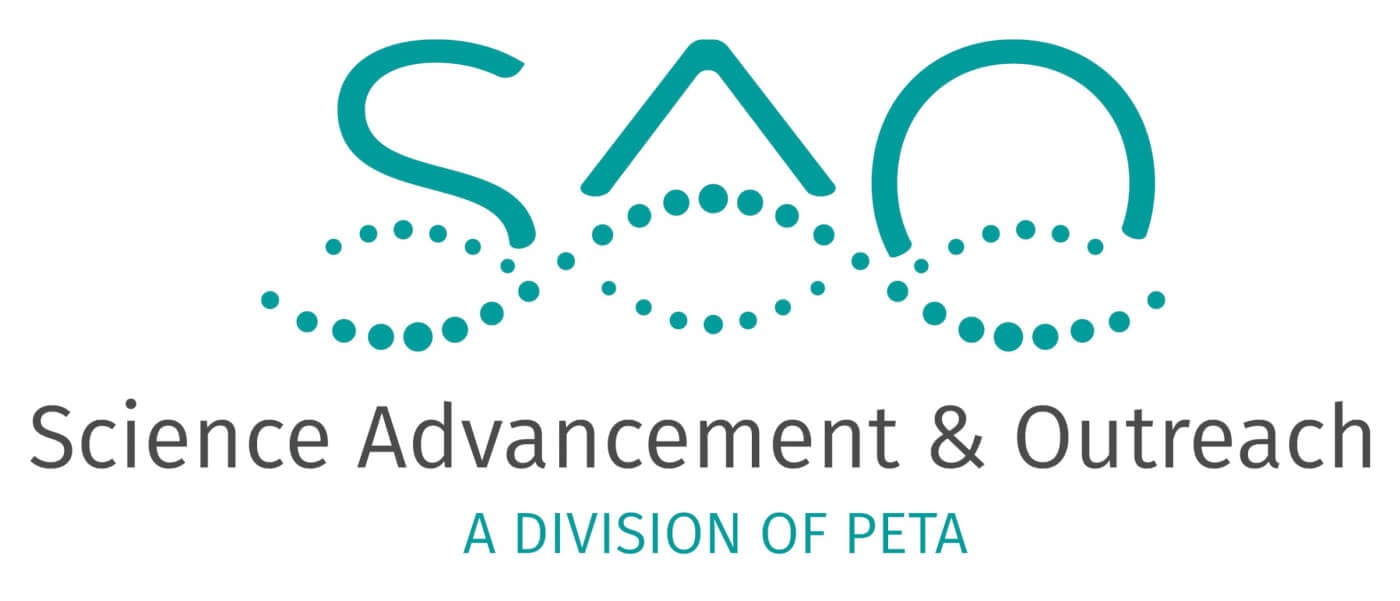Translatability: A Medical Student’s Perspective
Written by Dr. Donya Mand
December 2023

The question “Will this preclinical animal model translate to future clinical research?” is one that I ponder every day now when assessing the latest research on a variety of medical topics. But this development is very recent. Up until a few months ago, I was entirely unfamiliar with the concept of translatability in terms of the models used in preclinical trials. However, that’s not to say that I haven’t been discussing animal studies. I’ve participated in countless conversations, presentations, and lectures wherein discussions about the latest animal models would unfold and medical students, residents, fellows, and attending physicians would discuss how we thought experimenters were on the brink of breakthrough treatments or uncovering the roots of various diseases.
What astonishes me now is that we never discussed the validity of animal models—we just took it for granted that animal models “must” be a good way to achieve medical breakthroughs. Otherwise, why are we doing them? They must work—why else do we keep mentioning them as if the findings clearly indicate that a step forward is near?
Unfortunately, there was a complete absence of any education on the challenges related to the external and internal validity of animal models, their lack of success in predicting human pathology, and the crucial need for physicians to consider the reliability, relevance, and effectiveness of the different types of preclinical models. I’ve discovered that this gap in education isn’t unique to me. Colleagues from various institutions share a similar experience of not receiving any formal or informal education on the translatability of animal models in preclinical research to clinical findings. Had I been better informed about preclinical model methodologies and their translatability to clinical research, my approach to presentations during medical school would have been different.
A recent conversation with a colleague on the potential benefits of fasting and the notion of “starving cancer” reminded me of my first publication in medical school, which focused on the effectiveness of a ketogenic diet (KD) in slowing the progression of glioblastoma multiforme (GBM). My presentation on the topic partly concentrated on the latest research on how depriving rapidly multiplying and mutating cancer cells of glucose could impact a GBM prognosis. Going back and looking at my publication and presentation, I realize how the questions I pondered when evaluating the primary research in 2019 differ drastically from my current approach.
Years ago, I based my opinion on an incomplete understanding of the validity of animal models, especially in the context of developing cancer treatments. I failed to acknowledge that my opinions were primarily based on “promising” studies using mice models. Instead, I should have considered whether these models have a strong validity or history of being a good predictor of the pathology of human disease. I went on to present my findings without addressing the limitations of animal models or considering alternative models for testing new therapies for GBM. Unsurprisingly, none of my peers or the medical school staff challenged my conclusions based on a literature review that relied heavily on animal studies. I wonder now if that was due to the overall lack of knowledge on preclinical research translatability, as medical professionals seem more critical of the methodologies used in clinical studies.
A 2019 systematic review and meta-analysis published in Frontiers in Nutrition underscored an overall anti-tumor effect of a KD in experiments on animals, including in the treatment of GBM, and indicated that this diet may have therapeutic effects.1 However, positive clinical study results using a KD in patients with GBM have been much less consistent. A 2023 literature review also published in Frontiers in Nutrition noted a substantial effort to study KD in mice as well as mixed results in human studies compared to more consistent outcomes in animal studies.2
In addition, it’s unknown how often conclusions reached using animals are the result of biases favoring the publication of positive findings. In other words, experiments on mice may only appear to have improved outcomes consistently when using a KD for GBM therapies because researchers are more willing to send out manuscripts that detail significant positive results for publication or journals with a bias toward publishing positive results.
Even if we were to disregard this bias, there is still a need to explore the many limitations of experiments on animals to translate to successful clinical studies, particularly when investigating ketogenic therapies for GBM. For example, the aforementioned 2023 literature review describes the following:
- There are inconsistencies in the methods used to experiment on mice.2 (This is an example of the issue with the internal validity of these types of animal studies.)
- Glioma cell lines used in mice don’t accurately represent the cancer pathology found in humans because they don’t use the aggressive, vascular human GBM cell lines seen in actual practice.2 (This is an example of the issues with the external validity of mouse models.)
- Many of the experiments on mice used only diet interventions to treat the gliomas, whereas many human patients have compounding therapies that affect their glucose levels and the effectiveness of a KD, including radiation therapy, chemotherapy, and tumor removal surgery. These treatments can cause further damage to the human brain that’s not reflected in mice.2 Angela D. Clontz, the literature review’s author, states that “medications prescribed to reduce edema and inflammation can increase glucose levels, defeating the sole purpose of a KD.”2 (Once again, this is an issue with the external validity of using mouse models that cannot accurately account for these compounding factors.)
This example isn’t presented to make arguments about the effectiveness of a KD in GBM treatment but to highlight the importance of medical education that addresses the potential limitations of animal studies in preclinical research. Medical students and trainees must be equipped with the knowledge to ask critical questions when faced with experiments on animals and familiarize themselves with advanced, non-animal preclinical research models. Without this education, significant gaps in our understanding may persist, affecting the implementation of appropriate clinical trials and their potential impact on patient outcomes.
1Li J, Zhang H, Dai Z. Cancer treatment with the ketogenic diet: A systematic review and meta-analysis of animal studies. Front. Nutr. 2021;8:594408.
2Clontz AD. Ketogenic therapies for glioblastoma: Understanding the limitations in transitioning from mice to patients. Front. Nutr. 2023;10:1110291.
